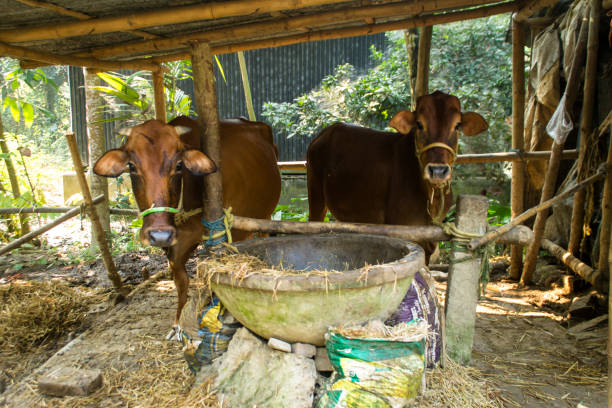Milk is a staple food item in many households around the world, providing essential nutrients for both vegetarians and non-vegetarians alike. In India, there is a significant demand for both cow and buffalo milk, with cow’s milk often being the preferred choice. However, a common question arises: which is healthier, cow milk or buffalo milk? This article aims to explore the nutritional aspects and benefits of each type of milk to help you make an informed decision.
Hello everyone ! Welcome to SasVibe.
According to the National Family Health Survey, two out of three adults in India consume milk and dairy products regularly. Furthermore, a survey conducted by the National Statistical Office revealed that households in northern and western states spend about 20-30% of their food budget on milk and dairy products. This indicates the importance of milk in the daily diet of many families.
Traditionally, geographic location determined the type of milk consumed. However, with the rise of supermarkets and online delivery services, dairy products are now widely available across most regions of India. Despite this availability, debates continue regarding which type of milk is better for specific health concerns, such as PCOD and thyroid issues.
It’s important to note that the Food Safety and Standards Authority of India recently directed that dairy products should not be labeled as A1 or A2, citing these classifications as potentially misleading. Some brands claim that A2 milk from indigenous cows is healthier, while A1 milk from hybrid cows may pose health risks. However, there is no substantial evidence to support these claims.
In recent years, there has been a growing interest in plant-based milk alternatives. Despite this trend, experts suggest that animal-based milk contains higher levels of calcium and protein. Low-calorie dairy products, on the other hand, can be beneficial for weight management.
In India, cow’s milk is a popular choice in many regions, while buffalo milk is favored in the north and central parts of the country for its higher fat content, making it ideal for preparing ghee and sweets. Camel and goat milk are typically consumed for their medicinal properties.
Data from 2020-21 indicates that cow’s milk accounts for 51% of India’s total milk production, while buffalo milk contributes 45%, and goat milk makes up about 3%. Cow’s milk is available in various forms, such as full cream, toned, and skimmed, and is widely marketed by various brands in packaged and pasteurized forms.
Buffalo milk is thicker and richer in fat, and it has its own unique characteristics across different regions. It is commonly used to make ghee, paneer, and traditional sweets. Although goat milk is less frequently consumed, it boasts unique nutritional benefits. For those avoiding dairy, plant-based alternatives such as soy, almond, oat, and coconut milk serve as excellent options.
In conclusion, both cow and buffalo milk have their own advantages and nutritional profiles. The choice between them often depends on personal preferences, dietary needs, and health considerations. Whether you prefer the lightness of cow’s milk or the richness of buffalo milk, both can be valuable additions to a balanced diet.



